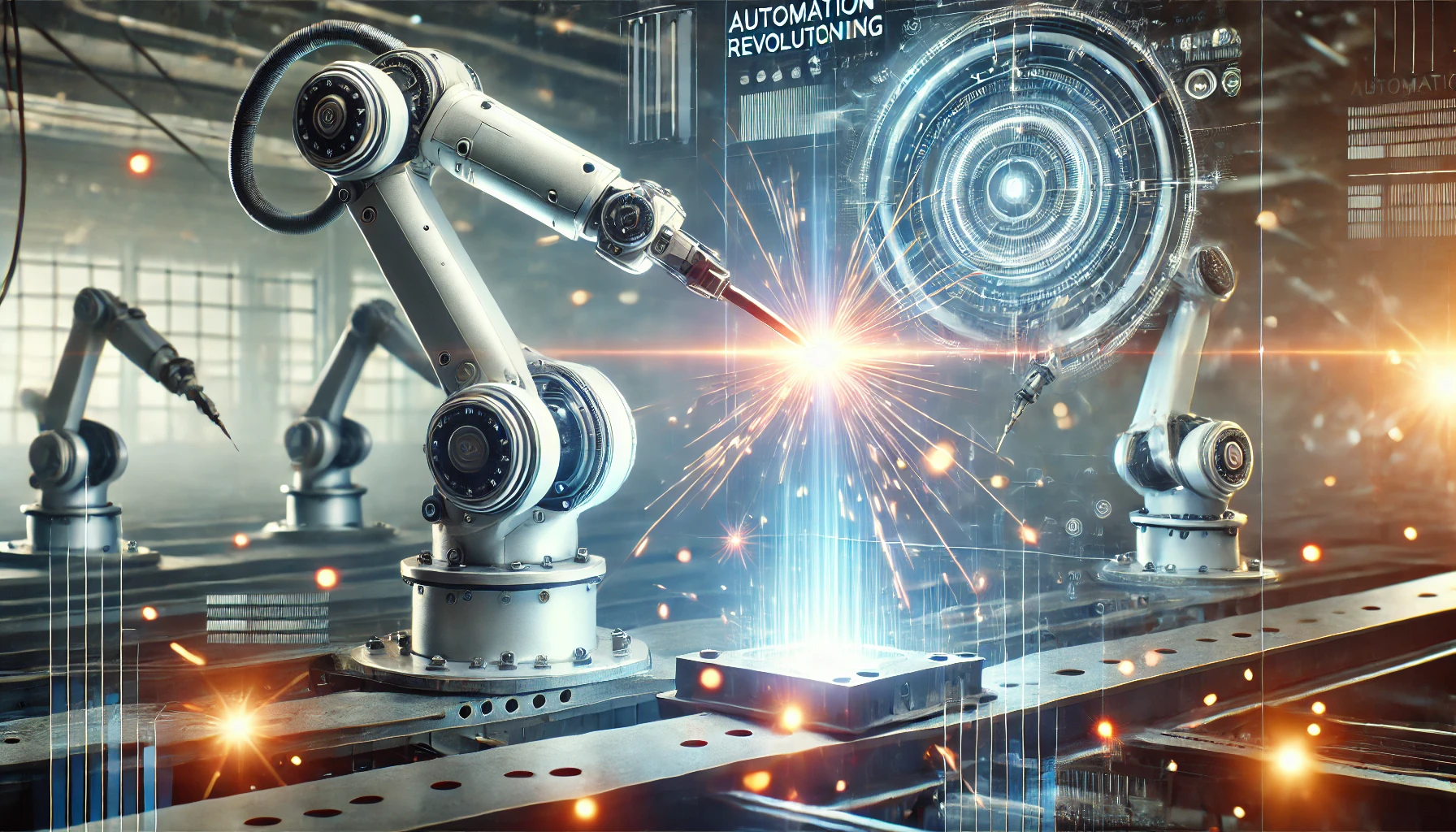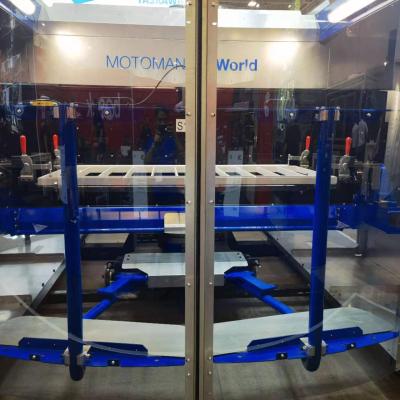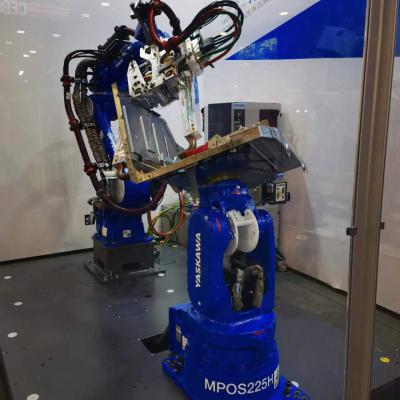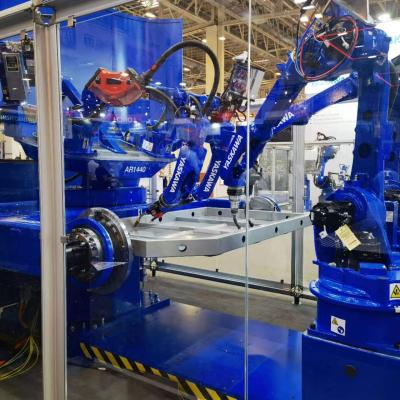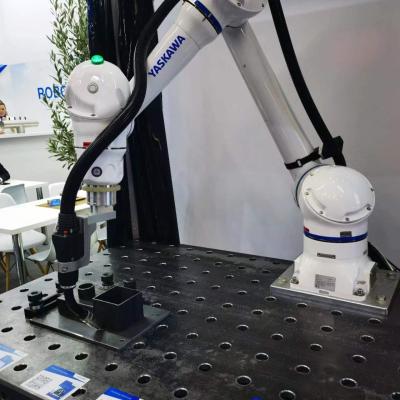Table analyzing how automation in welding improves work across different aspects:
| Aspect | Manual Welding | Automated Welding | Improvement with Automation |
| Productivity | Limited by human capacity, breaks, and fatigue | Continuous operation without breaks or fatigue | Increases throughput and efficiency by operating 24/7 |
| Consistency & Quality | Inconsistent due to human error and variations | High consistency with precise, repeatable welds | Eliminates variability, resulting in uniform and high-quality welds |
| Speed | Slower due to manual operations | Faster due to robot precision and programming | Reduces welding cycle times and increases production rates |
| Labor Costs | High due to skilled labor requirement and training | Reduced labor costs, as fewer workers are needed | Lowers costs by minimizing reliance on skilled human welders |
| Safety | High risk of injuries (e.g., burns, fumes) | Reduced risk, as operators are removed from hazardous areas | Improves worker safety by limiting exposure to dangerous conditions |
| Flexibility | Less flexible; reconfiguration takes time | Easily programmable for different weld types | Enhances flexibility with quick adjustments for different products |
| Weld Accuracy | Prone to human error and misalignment | Extremely accurate with sensors and control systems | Improves accuracy with advanced seam tracking and positioning |
| Material Wastage | Higher wastage due to mistakes and uneven welds | Minimal wastage with precise weld control | Reduces material waste and rework |
| Skill Requirements | Requires highly skilled and trained welders | Less reliance on welding skills; more on robot programming | Shifts the need from welding expertise to robot programming skills |
| Environmental Impact | Less efficient, resulting in more energy use and waste | Optimized energy use and material conservation | Reduces energy consumption and waste, promoting sustainability |
| Maintenance Requirements | Occasional tool wear and welder fatigue affecting output | Regular but predictable maintenance for robots | Reduces downtime due to fatigue and unpredictable manual errors |
| Scalability | Difficult to scale without hiring more skilled workers | Easy to scale by adding more robots | Enables easier scaling to meet increased production demand |
| Cost Efficiency | High due to labor, rework, and time | Lower overall cost with fewer errors and less labor | Increases cost efficiency by reducing defects and optimizing labor use |

